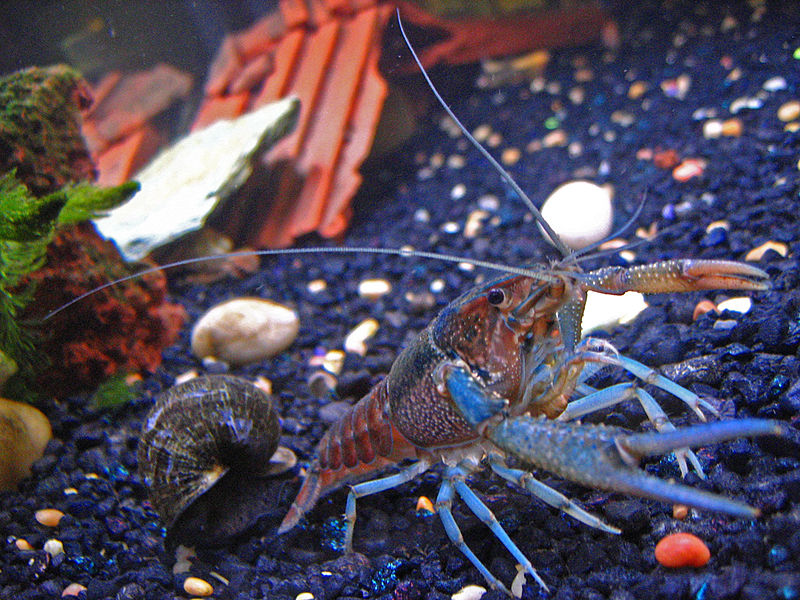 This time we will talk about setting up an aquarium for Tanganyikan Mbuna, or rock dwelling cichlids. The smallest tank I’ve ever attempted for these fish was a 20 high that housed a trio of brichardis I was breeding. Let’s say for the sake of keeping a community you should start with at least a 30 gallon tank. A 30 gallon has a footprint of 36 inches by 12 inches, so it doesn’t take up too much space, but still gives the fish some room to play.
This time we will talk about setting up an aquarium for Tanganyikan Mbuna, or rock dwelling cichlids. The smallest tank I’ve ever attempted for these fish was a 20 high that housed a trio of brichardis I was breeding. Let’s say for the sake of keeping a community you should start with at least a 30 gallon tank. A 30 gallon has a footprint of 36 inches by 12 inches, so it doesn’t take up too much space, but still gives the fish some room to play.
I keep my rift lake aquariums pretty much the same, whether its Malawi, Tanganyika or Victoria. With this particular type of set-up you may need to do some minor tweaks to the pH, and live plants might have a better chance than in other cichlid set-ups. Let’s start from the bottom up. Read More »
 That Fish Blog – Aquarium Advice and Information
That Fish Blog – Aquarium Advice and Information




